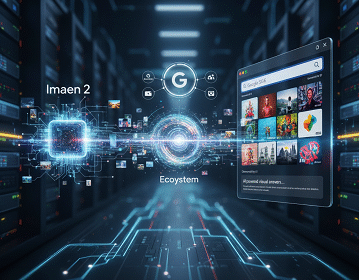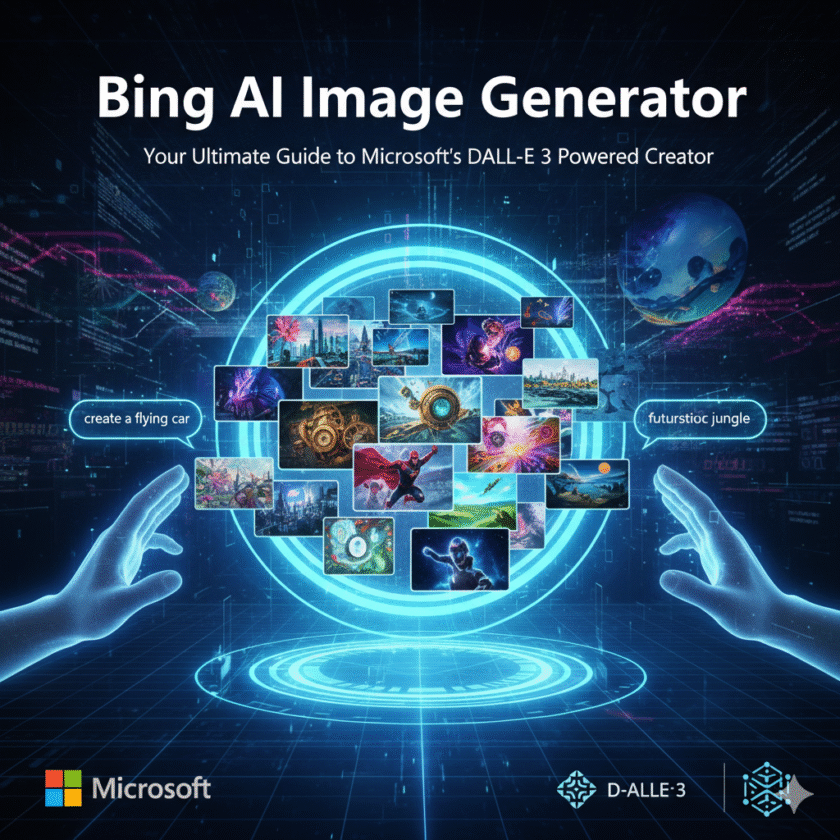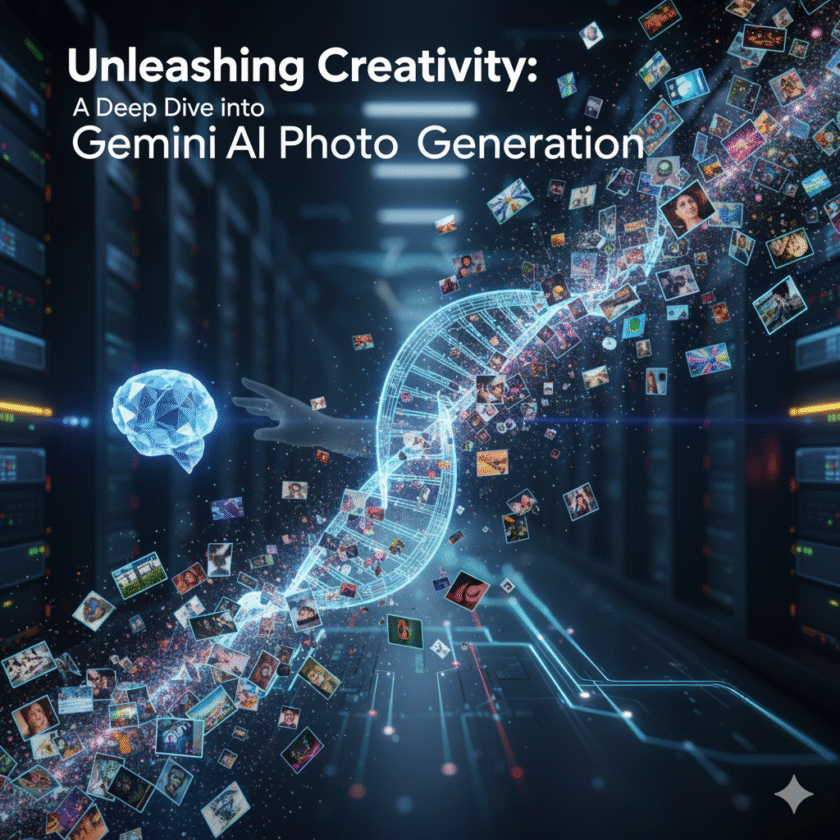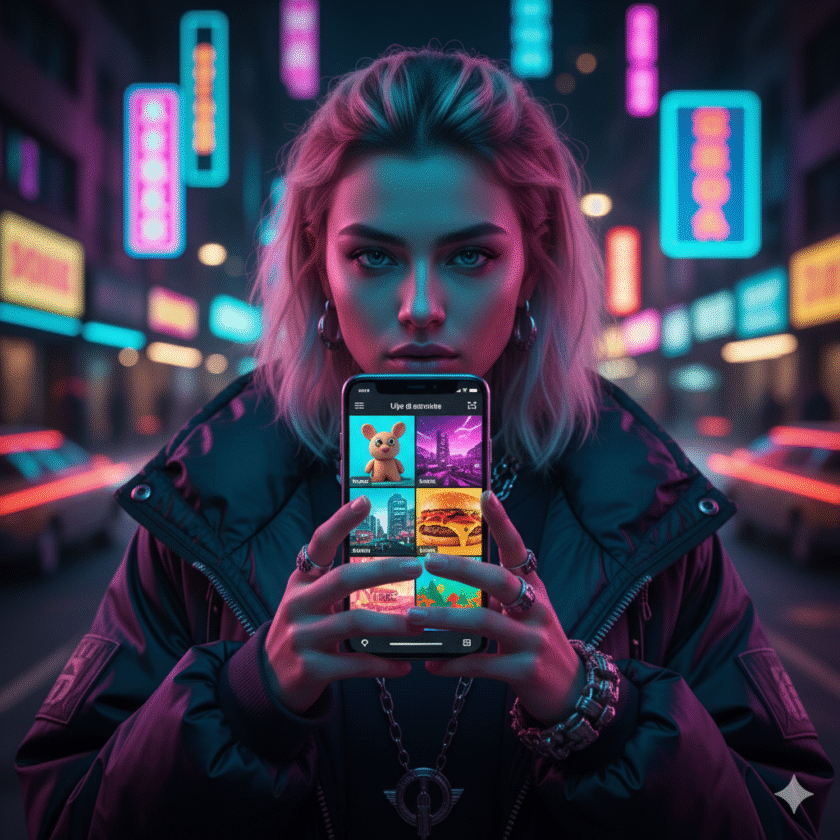When it comes to AI image generation, Google’s strategy isn’t about a single, standalone product. Instead, it’s building a deeply integrated ecosystem of powerful tools designed to bring visual creation into the fabric of its core services. From the raw power of the Imagen 2 model to the practical application in Gemini and the groundbreaking Search Generative Experience (SGE), Google is redefining how we interact with and create digital imagery. This article explores the key components of Google’s image generation ecosystem.
The Core Engine: A Deep Dive into Imagen 2
At the heart of Google’s visual AI efforts is Imagen 2. Developed by Google DeepMind, this text-to-image diffusion model is the engine that powers the image generation capabilities in products like Gemini and Vertex AI. Imagen 2 was engineered to address some of the most significant challenges in AI image generation, and it stands out for several reasons:
- Enhanced Photorealism: Imagen 2 is tuned for creating highly realistic images. It excels at rendering complex details, textures, and lighting, often producing results that are difficult to distinguish from actual photographs.
- Improved Prompt Understanding: The model is designed to better understand long, descriptive prompts and complex spatial relationships. This means you can ask for “a raccoon wearing a tiny chef’s hat standing to the left of a stack of pancakes” and get a more accurate composition.
- Superior Text Rendering: A standout feature of Imagen 2 is its ability to generate images that include legible, stylized text. This is a massive advantage for creating logos, posters, or any visual that requires coherent lettering.
- Safety by Design: Google has built in technical guardrails to limit the generation of potentially harmful or misleading content. This is complemented by robust safety filters and the SynthID watermarking technology.
SynthID: Google’s Invisible Watermark for AI Content
One of the most critical challenges in the age of AI is distinguishing between authentic and synthetic content. Google’s answer is SynthID, a state-of-the-art tool for watermarking and identifying AI-generated images. Here’s how it works:
SynthID directly embeds a digital watermark into the pixels of an image. This watermark is imperceptible to the human eye but can be detected by a corresponding tool. Crucially, the watermark is designed to be robust, remaining detectable even after the image is compressed, resized, or has filters applied. This technology is a vital step towards promoting responsible AI use and combating the spread of misinformation, providing a layer of trust and transparency for all images created by Google’s tools.
Access Points: Where to Use Google’s Image Generators
Google has integrated its image generation technology across several key products, making it accessible to different types of users.
1. Google Gemini
For most users, Gemini (formerly Bard) is the primary gateway. You can simply ask Gemini to “create an image of…” and it will leverage the power of Imagen 2 to generate visuals directly within your chat. This conversational interface makes the creation process intuitive and iterative, allowing you to refine your ideas through dialogue.
2. Search Generative Experience (SGE)
This is perhaps the most revolutionary integration. Within Google Search, SGE allows users to generate images directly from the search bar. Imagine you’re searching for “minimalist home office ideas.” Instead of just browsing existing images, you can type, “generate an image of a minimalist desk setup with a large window and a potted plant,” and SGE will create original concept images for you on the fly. This transforms search from a tool for finding information to a tool for creating it.
3. Vertex AI for Developers
For businesses and developers, Google provides access to its foundation models, including Imagen, through its Vertex AI platform. This allows companies to build their own applications and workflows powered by Google’s cutting-edge image generation technology, complete with enterprise-grade security and controls.
The Road Ahead: A Fully Integrated Visual Future
Google’s strategy points towards a future where AI image generation is not a separate app but a background utility, seamlessly integrated wherever visuals are needed. We can anticipate seeing these tools appear in:
- Google Workspace: Imagine generating custom illustrations directly within Google Slides or unique header images in Google Docs.
- Google Photos: Future versions of Magic Editor could use generative AI to not just remove objects but to create and add new elements to your photos with stunning realism.
- Android: Generative AI features built directly into the operating system for creating custom themes, wallpapers, and contact icons.
In summary, Google’s AI image generator is more than a single tool; it’s a comprehensive and expanding ecosystem. By focusing on quality with Imagen 2, responsibility with SynthID, and accessibility through Gemini and Search, Google is positioning itself at the forefront of the generative visual revolution.




